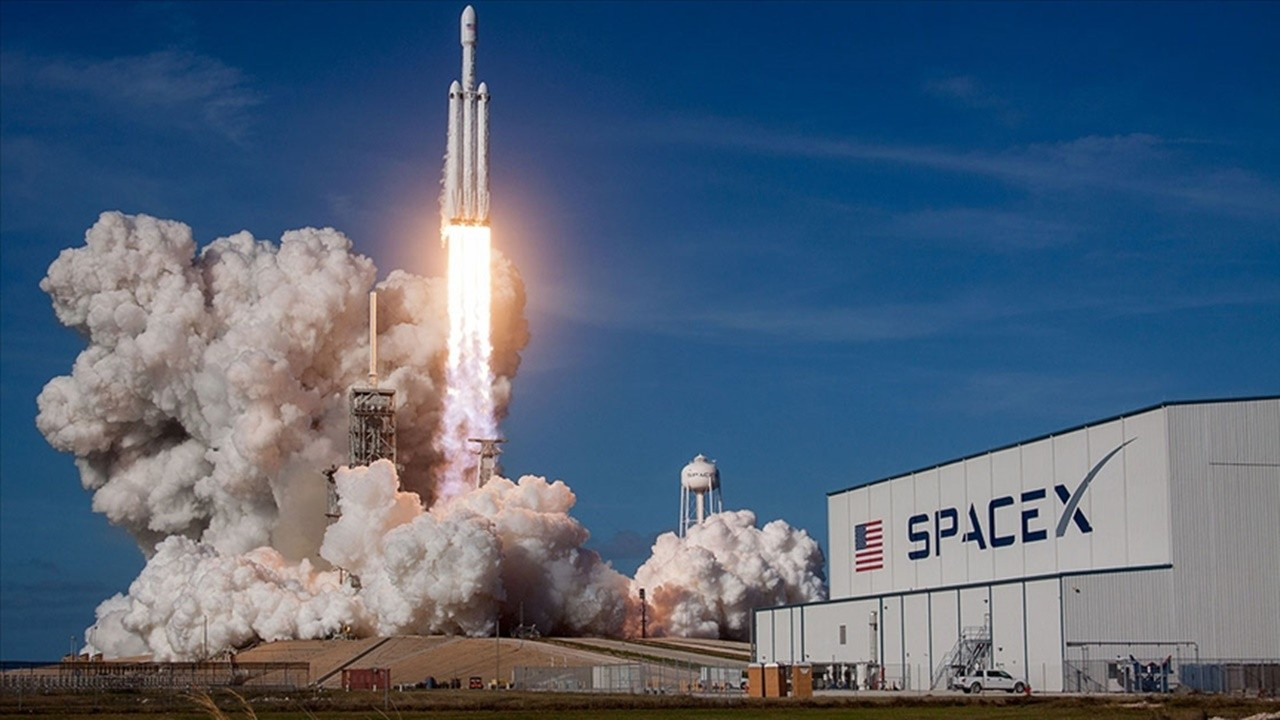
SpaceX Expands Falcon 9 Landing Capabilities, Fostering Space Exploration Advancements
SpaceX, the pioneering space company led by visionary entrepreneur Elon Musk, has notched another milestone in space exploration with its Falcon 9 rocket. In a groundbreaking mission that unfolded on a Tuesday night, the rocket’s first stage (booster) touched down at an unprecedented location.
Uncharted Landing Site Maximizes Capabilities
Previously, SpaceX orchestrated Falcon 9’s first stage landings either at the launch site or on unmanned vessels positioned off the US coastline. However, this time, the rocket targeted a new landing spot – an unmanned ship situated approximately 420 miles (675 km) southeast of Cape Canaveral, off the shores of the Bahamas.
This strategic choice was meticulously engineered to enhance Falcon 9’s performance. By utilizing the new landing site, the rocket gains the flexibility to carry more satellites while traversing the optimal southeast trajectory from Florida’s launch sites. This expanded capability also simplifies human space missions, such as Fram2, by facilitating access to polar orbits.
Bahamas Landing Offers Additional Advantages
In addition to performance optimization, the decision to land the Falcon 9 off the Bahamas offers another crucial benefit: enhanced safety. The waters of the Bahamas are less susceptible to inclement weather conditions, particularly during the challenging winter months. This reduced environmental risk ensures that Falcon 9 can be reused with greater rapidity and dependability.
Reusable Rocket Technology: Driving Down Costs
SpaceX’s unwavering commitment to reusing the Falcon 9 first stage has been a cornerstone of its operations since 2015. This reusable approach slashes the astronomical costs associated with space travel. Most recently, a Falcon 9 booster achieved an unprecedented 26th launch, demonstrating the exceptional durability and cost-effectiveness of this innovative technology.
Mission Highlights and Historical Significance
The mission responsible for unlocking this historic landing commenced at 18:21 from Space Launch Complex 40 (SLC-40) at Cape Canaveral. The Falcon 9 rocket embarked on a mission to deliver 23 Starlink satellites into low Earth orbit.
Notably, the Falcon 9’s first stage utilized in this mission had a rich history, having previously completed 15 successful missions, including the high-profile Ax-2, Euclid, and Ax-3 expeditions.
Impact and Implications
The groundbreaking landing of the Falcon 9 off the Bahamas marks a significant step forward for SpaceX and the future of space exploration. This expanded operational capability enables the company to cater to a broader range of satellite deployment and human spaceflight missions.
As SpaceX continues to push the boundaries of innovation and efficiency, the potential for further advancements in space travel remains boundless. By harnessing the power of reusable rocket technology and optimizing landing strategies, SpaceX is paving the way for a future where space exploration becomes more accessible, sustainable, and transformative.
